On one of our last excursions around Cambridge, we thought that it would be interesting to look at the Denver Sluice, which is responsible for controlling the amount of water in and out of the fens.
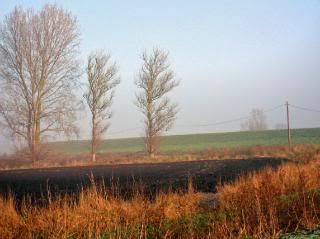
We also thought we would take the opportunity to visit Denver Windmill, which is an example of an original wind-powered grain mill.
Not only is it in working order, it still grinds grain using only wind power, and produces high quality stone ground flour and bread.
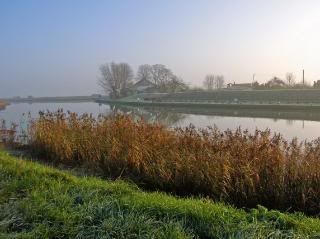
We opted for the scenic route, and drove out alongside the Great Ouse River. What made this an interesting and curious excursion was the fact that the river was frequently higher than the road, and held in check by large levy banks originally built in the 17th century.
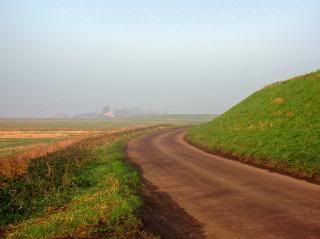
These two photos show the same stretch of roadway -- above, viewing the road as it runs alongside the levy bank; and below, from the top of the levy bank, looking down to the road.
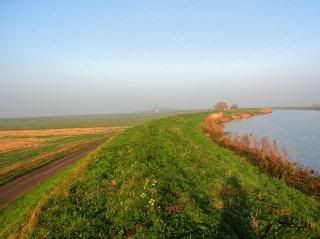
Along the way, we also stopped to admire the scenery, including a flock of swans grazing on the sugar beet fields. Elizabeth was hopeful that they were Bewick swans, but the truth was that they were too far away to tell.
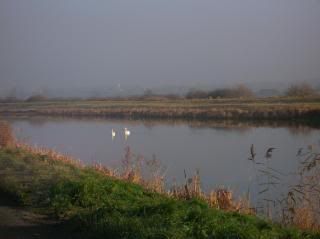
The day was cold and there had been a frost in places. Once again, we found that those areas which were sheltered from the sun retained their frosty cover into the afternoon, whilst areas which were warmed by the sun lost their frost. The next photo, of a sheltered section, was taken about 11am.

We made our way to Denver Mill, where we enjoyed a warming coffee (remember that cold and frost!) before buying tickets to explore the mill. Despite having to climb some very steep stairs, the mill was very interesting.
It had four sails (described as “double shuttered patent sails” source http://www.norfolkmills.co.uk/Windmills/denver-towermill.html accessed 23/12/07) that were used to power the stones that ground the grains. The sails were attached to a rounded top (known as a “ball finial [with] horizontally boarded ogee cap.”
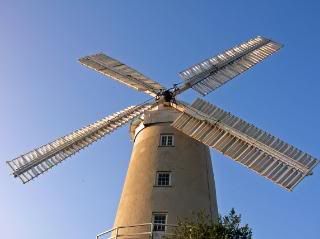
Whilst neither of us are particularly technically minded, we did appreciate viewing the workings of the mill, and John later appreciated its baked products. (Nothing gluten-free for sale here, though!)
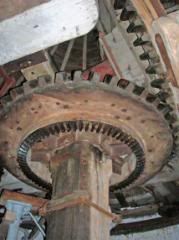
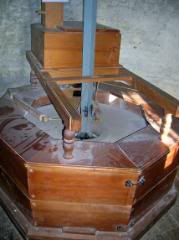
It also offered a great view from its upper windows.
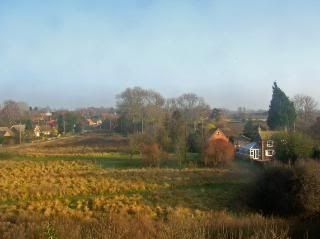
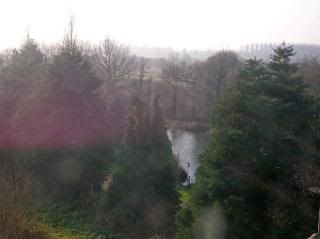
After lunch at the mill tea rooms, we set off for Denver Sluice, as we had been told it was central to understanding how the water levels are controlled in the fenlands.
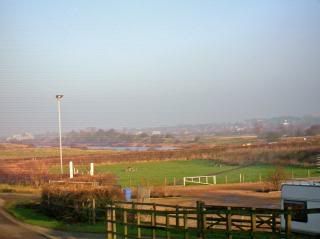
According to the website http://new.edp24.co.uk/content/PlaceinHistory/content/57Denversluice.aspx (accessed 23/12/07):
Denver Sluice is a complex array of mechanisms for managing water levels as far away as Essex. In modern Britain water is a ‘hot’ topic, and we worry over the effect of rising sea levels as well as, conversely, the impact of lack of rain during the summer. In the fenland area water has always been an issue; Denver Sluice has been at the centre of this man-made environment since it was first dug by a Dutch engineer of great genius in 1651, surviving natural and manmade disasters, the impact of shrinking land and changing river courses.
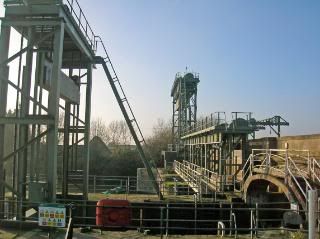
A number of rivers end at the sluice, before flowing into the Ouse and the Relief Channel. The Sluice also acts as a lock, allowing boats to access the fen rivers and waterways.
Wicken Fen
We left the Denver area and drove southeast thorugh The Brecks, a forest area on higher ground than the Fens.
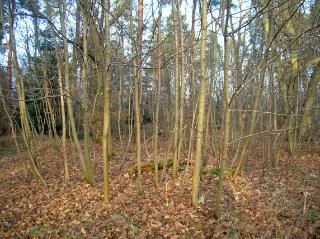
We then headed south, towards our last port of call. This was Wicken Fen, an area owned and managed by the National Trust, and which has been restored to its original, non-drained state. It has been in the care of the NT since 1899, and is an important wetland area.
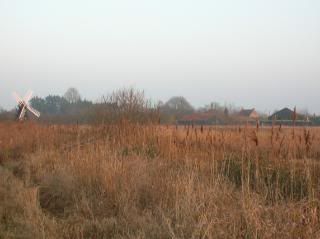
According to their website(http://www.wicken.org.uk/introduction.htm):
Wicken Fen is one of only four extant ‘wild fens’ which still exist in the Great Fen Basin. It is recognized as an area of great ecological importance, as it has examples such as sedge beds, reed communities and Fen meadows found in open Fen habitats. Its pools and dykes are also very important, and the dryer grassland and woodland also add diversity to the site. There is also a small windmill on the site, a relic of an earlier age when water was pumped out of the fens.
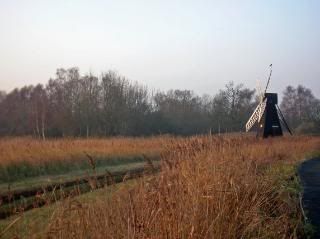
The fen has an extensive boardwalk which we walked around.
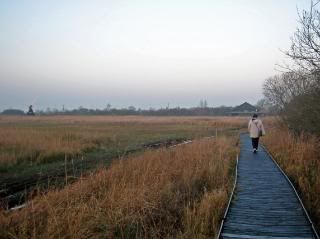

Elizabeth was delighted to spot a flock of bearded tits, a bird she had not yet managed to track down. These little birds live in flocks, and have a blue head with russet back [photo below, from tiscali.co.uk]. They also have a handsome set of moustaches, which is black.
There was also a large grey heron in residence in one of the channels [photo below, from Wikipedia].
We noted that it had been so cold that there was ice on the surface of the water pools and channels, and there was very little waterfowl in evidence. (Notice the small logs "suspended" on the ice!)
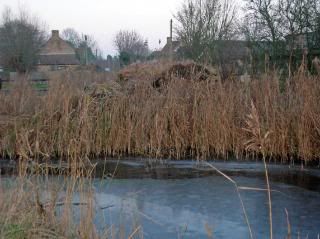
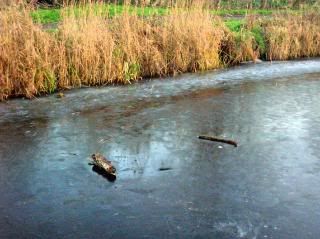
As the sun set, it transformed the fen into a mysterious place, and it was easy to understand why the area had a number of ghostly legends attached to it.
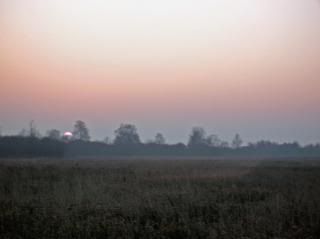
Apparently there was once an old priory nearby, and local tales relate that the chant of monks can still be heard in the still of the night, and that their ghosts have been seen flitting around the fen area. Strange lights known as the Will of the Wisp have also been reported.
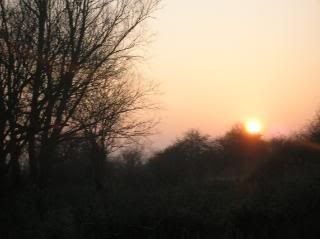
Well, that light above is actually the sun setting, around 3.30pm. We finished the time of daylight with views of the rising moon.
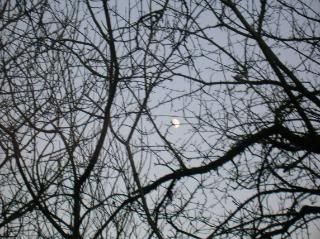
Then it was back to Cambridge in the growing dark of mid-afternoon winter England. Thanks to Laurel and Philip, who arranged for us to use their car for these local ventures over the last few weeks, so that we have been able to see something of the fenland and local East Anglian villages.

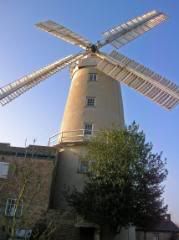
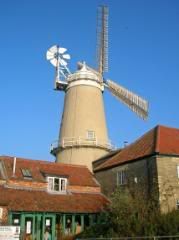
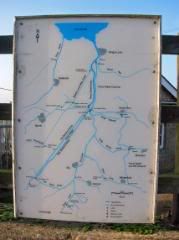
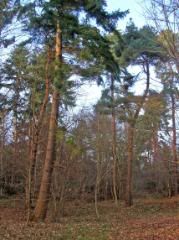
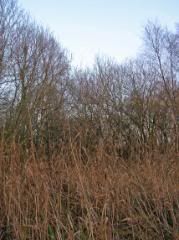
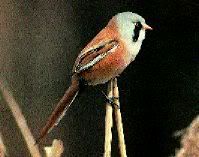

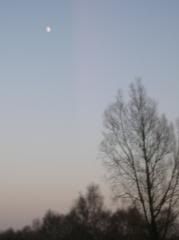

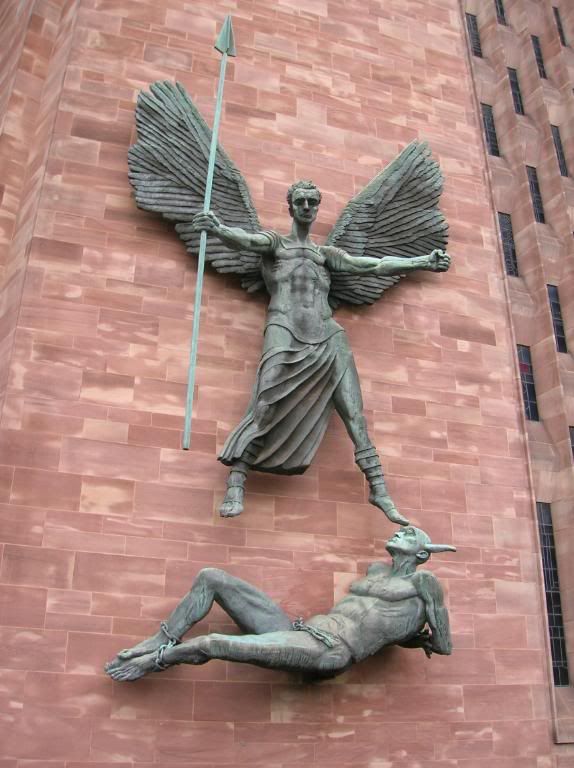

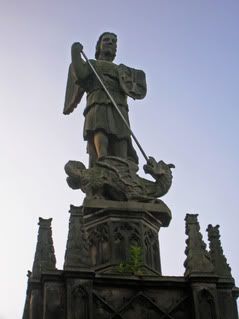
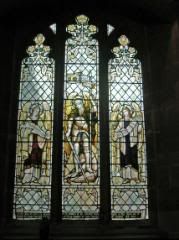
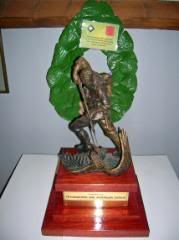


2 comments:
I've never visited this area. Looks amazing. Looks cold. Good to see Elizabeth is all rugged out. Prepare for a contrast when you hit Perth (forecast 38C over Christmas!)
As always an excellent posting.The
way you write is awesome.Thanks. Adding more information will be more useful.
Bathmate
Post a Comment